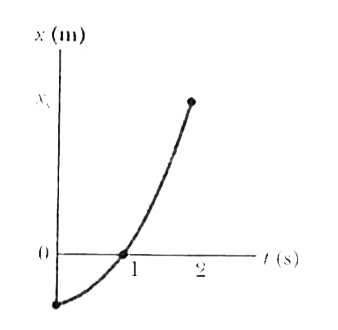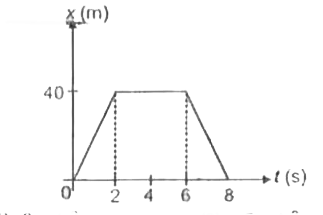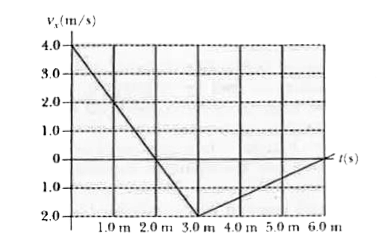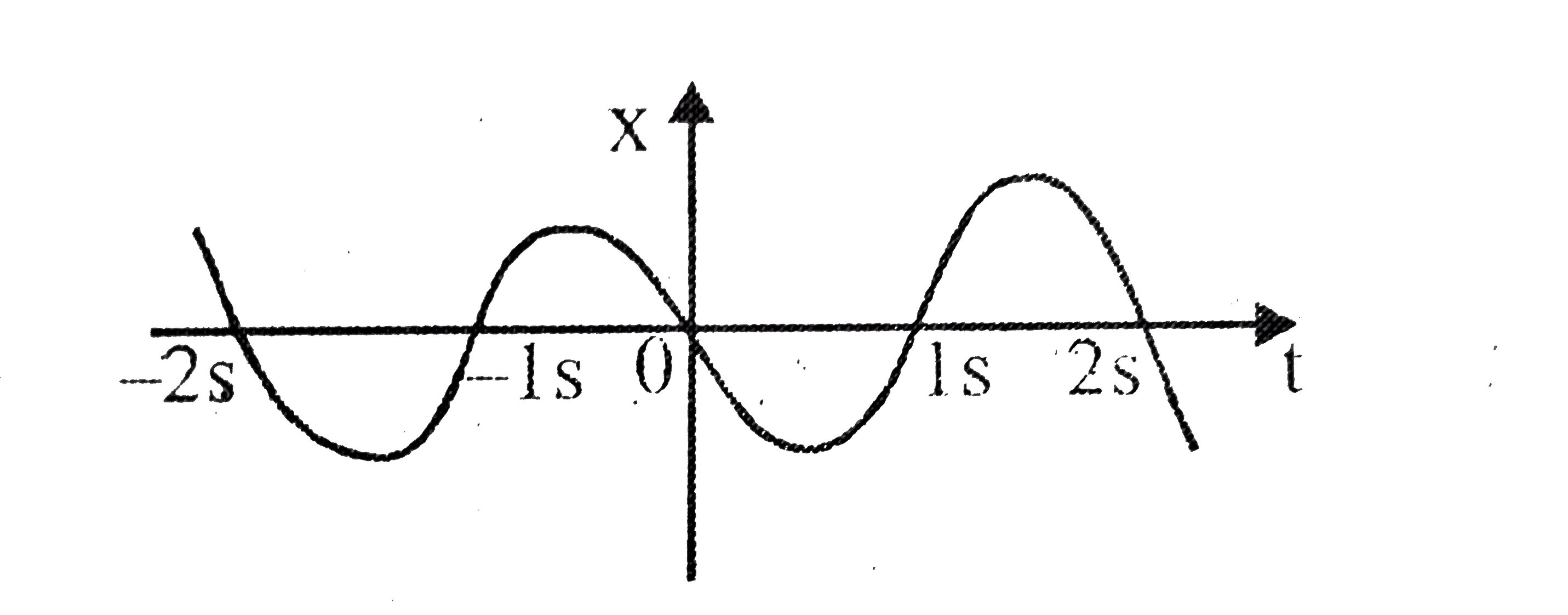Figure depicts the motion of a particle moving along an x axis with a constant acceleration. What are the magnitude and direction of the particle's acceleration ? 8 6 4 2 0 2 3 t(s) -2
Step by step video & image solution for Figure depicts the motion of a particle moving along an x axis with a constant acceleration. What are the magnitude and direction of the particle's acceleration ? 8 6 4 2 0 2 3 t(s) -2 by Physics experts to help you in doubts & scoring excellent marks in Class 12 exams.
Similar Questions
Figure 2−19 depicts the motion of a particle moving along an x axis with a constant acceleration. The figure's vertical scaling is set by xs=6.0m. What are the (a) magnitude and (b) direction of the particle's acceleration ?
 View Solution
View SolutionAt t=0, the particle is at the origin and its velocity is 10m/s at an angle 37∘ with the x-axis. The particle moves in x−y plane with a constant acceleration of 1m/s2 along the y-axis. Find the magnitude and direction of the velocity after 2s.
View Solution
Knowledge Check
- Question 1 - Select One
The displacement of a particle moving along x-axis is given by :
x=a+bt+ct2
The acceleration of the particle is.AbBcCb+cD2 c - Question 2 - Select One
The position (x) of a particle moving along x - axis veries with time (t) as shown in figure. The average acceleration of particle in time interval t = 0 to t = 8 s is
 A3m/s2B−5m/s2C−4m/s2D2.5m/s2
A3m/s2B−5m/s2C−4m/s2D2.5m/s2 - Question 3 - Select One
vx is the velocity of a particle moving along the x-axis as shown in the figure. If x=2.0m at t=1.0s, what is the position of the particle at t=6.0s ?
 A−2.0 mB+2.0 mC+1.0 mD−1.0 m
A−2.0 mB+2.0 mC+1.0 mD−1.0 m
If the velocity of a paraticle moving along x-axis is given as v=(4t2+3t=1)m/s then acceleration of the particle at t=1sec is :
View SolutionFigure gives the x-t plot of a particle is one dimensional motion. Give the signs of position, velocity and acceleration of the particle at t = 0.3s
 View Solution
View SolutionThe position of a particle moving along x-axis given by x=(−2t3−3t2+5)m. The acceleration of particle at the instant its velocity becomes zero is
View SolutionA particle of mass 10 g moves along a circle of radius 6.4 cm with a constant tangential acceleration. What is the magnitude of this acceleration. What is the magnitude of this acceleration, if the kinetic energy of the particle becomes equal to 8×10−4J by the end of the second revolution after the beginning of the motion?
View SolutionIf the velocity of the a particle moving on x-axis is given by v=3t2−12t+6. at what time is the acceleration of particle zero ?
View Solution
